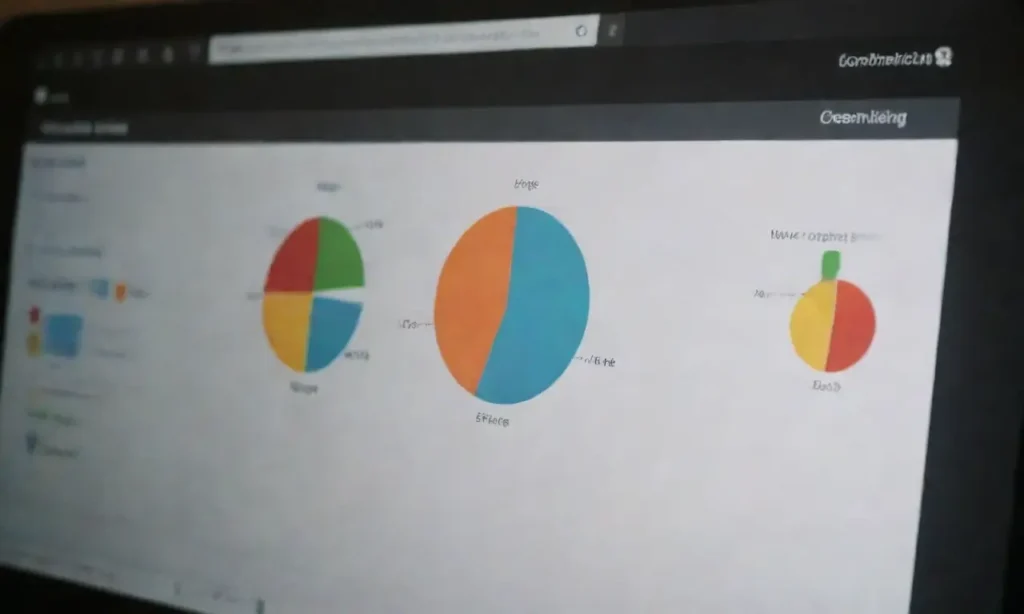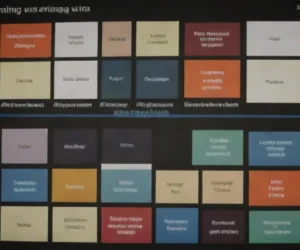
How to Measure Success in Music Recommendation Systems Effectively

Introduction
In the dynamic world of music streaming, the importance of recommendation systems cannot be overstated. These systems are integral in how users discover new music, returning tracks, or even creating personalized playlists. With millions of songs available at the fingertips of listeners, the ability to present the right music at the right time is what distinguishes one platform from another. As music recommendation technologies evolve, so too does the need for effective measurement of their success and effectiveness.
This article delves into the various methods and metrics that can be employed to quantify the effectiveness of music recommendation systems. By understanding these metrics, both developers and stakeholders can better assess the performance of their algorithms and make informed decisions regarding enhancements and changes to their platforms.
Understanding the Core Metrics of Recommendation Systems
To measure success in music recommendation systems, it is essential to first define what successful recommendations entail. Success varies across platforms but often includes increased user satisfaction, higher engagement rates, and improved retention. To achieve a comprehensive evaluation, we must explore several core metrics that can provide insight into these goals.
Click-Through Rate (CTR)
One of the most straightforward yet informative metrics is the Click-Through Rate (CTR). This metric measures the percentage of users who click on recommended tracks compared to the total number of recommendations presented. A high CTR typically indicates that the recommendations are aligned with user preferences, while a low CTR may suggest either poor targeting or irrelevant suggestions.
Ethical Considerations in Music and Video Recommendation AlgorithmsTo improve CTR, it's important to personalize recommendations based on user history, preferences, and demographics. For example, a recommendation algorithm might take into account users' previously liked songs or those added to playlists. Testing different recommendation strategies, such as collaborative filtering or content-based approaches, can provide valuable insights into what resonates most with users, thus influencing CTR.
Retention Rate
Another crucial metric is the Retention Rate, which indicates the percentage of users who continue to engage with the platform over a specified period. In the context of music platforms, this can involve tracking repeat visits or sessions within a month or even a week after the initial usage. A high retention rate generally means that users find the recommendations satisfying and relevant, motivating them to return to the platform.
Factors influencing retention can be numerous, including the diversity of recommendations and the quality of the music catalog. Implementing features such as personalized playlists or ongoing user engagement through notifications about new music similar to their interests can substantially improve retention rates. Regularly analyzing user feedback is also vital for meeting their changing preferences.
User Satisfaction and Engagement
User satisfaction is a subjective but crucial metric for determining the success of recommendation systems. Unlike quantitative measures like CTR and retention, satisfaction often requires qualitative data collected through surveys and feedback mechanisms. Users can provide insights into how well they believe the algorithm meets their needs — this could involve aspects like music quality, relevance of recommendations, or even ease of discovering new music.
Understanding Contextual Bandits in Music Recommendation StrategiesEngagement goes hand-in-hand with user satisfaction and is often represented through various behaviors such as the number of songs listened to, time spent on the platform, and social sharing of playlists or tracks. Analyzing these behavioral changes can shed light on whether your recommendation system is truly enhancing the user experience. High engagement levels typically correlate with a successful recommendation system as users find value in the music presented to them.
Advanced Metrics for In-Depth Analysis
Beyond basic metrics, delving into advanced performance indicators can yield richer insights into the functionality and overall success of music recommendation systems. These metrics may require enhanced data processing capabilities but can ultimately lead to more refined strategies.
Diversity and Novelty Metrics
While it’s essential for recommendation systems to cater to user preferences, introducing an element of diversity can keep users engaged and satisfied. The Diversity Metric assesses how varied the recommended items are and, subsequently, the range of genres, artists, and styles presented to the user. A system that predominantly recommends similar songs can become monotonous, leading to decreased engagement.
On the other hand, Novelty Metrics can gauge how often users are exposed to new or little-known tracks outside their typical preferences. Systems that prioritize diversity and novelty can not only keep the user’s experience fresh but can foster a sense of discovery, motivating users to explore additional music options that they might not have encountered otherwise.
Unlocking the Secrets of Algorithmic Music RecommendationsPersonalization Performance
The Personalization Performance Metric evaluates how well a recommendation system tailors suggestions to individual users. By analyzing genres, tracks, or artists that have garnered attention from a specific user, developers can tune their algorithms to create a more personalized experience. Metrics such as Mean Average Precision (MAP) and Normalized Discounted Cumulative Gain (NDCG) are commonly employed to measure personalization effectiveness.
A system that consistently provides personalized recommendations is more likely to create loyal users. Continuous assessment of the personalization lifecycle can lead to increased usage and a deeper appreciation of the platform as users appreciate being understood and catered to.
Explainability in Recommendations
As the complexity of recommendation systems grows, so does the demand for explainability. This metric allows users to understand why specific songs or artists are suggested. An understandable rationale increases user satisfaction and trust in the system. Users are more likely to engage with recommendations if they can see a logical path behind them, such as “You liked this artist, so you might enjoy this similar one.”
Explainability can bridge the gap between technology and user experience. When users comprehend how recommendations are made, they are more inclined to interact with those suggestions, leading to a stronger relationship with the platform. This dimension underscores the importance of user-centric design in developing effective recommendation systems in the music space.
Artificial Intelligence in Music Recommendation: Myths and FactsConclusion

Measuring success in music recommendation systems is both an art and a science. A combination of core metrics like Click-Through Rate, Retention Rate, and user satisfaction creates a foundational understanding of a system's performance. These elements, when analyzed together, provide valuable insights into the user experience, helping to strike a balance between catering to user preferences while introducing diversity and engaging the user.
The success of these systems increasingly relies on advanced metrics that don’t just stop at numerical values. By mastering how to evaluate diversity, personalization, and explainability, developers can harness insights to continuously refine algorithms that align more closely with user expectations.
Ultimately, the measure of a successful music recommendation system goes beyond numbers; it encapsulates the emotional connection users form with the music they enjoy and how seamlessly they discover new tracks. This balance makes recommendation systems a crucial pillar in the music streaming experience and a vital area for ongoing innovation. As the landscape shifts, so too should our approaches, ensuring that music remains at the heart of our technological endeavors.
Incorporating User Feedback Loops in Music Recommendation SystemsIf you want to read more articles similar to How to Measure Success in Music Recommendation Systems Effectively, you can visit the Music and Video Recommendation category.



You Must Read